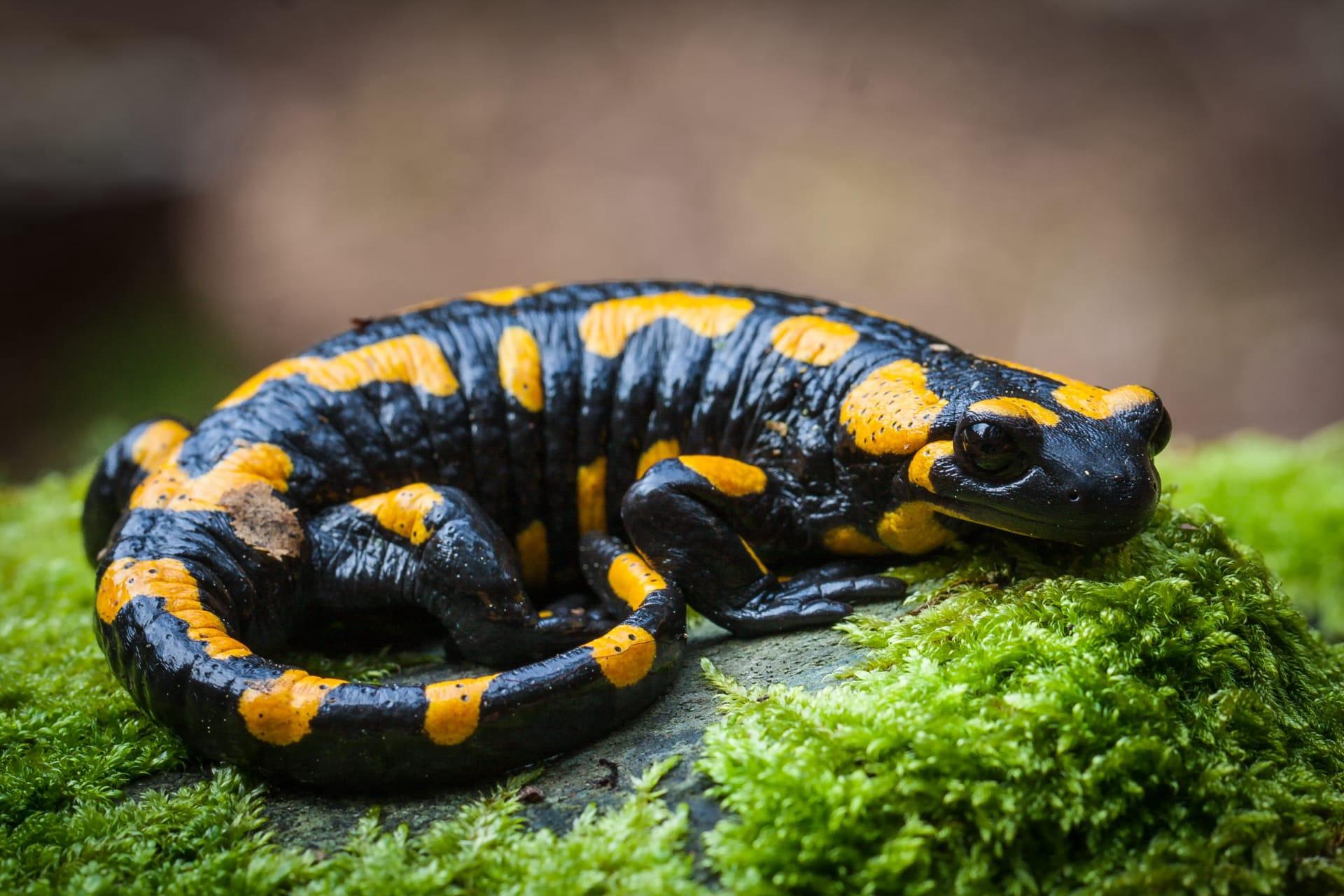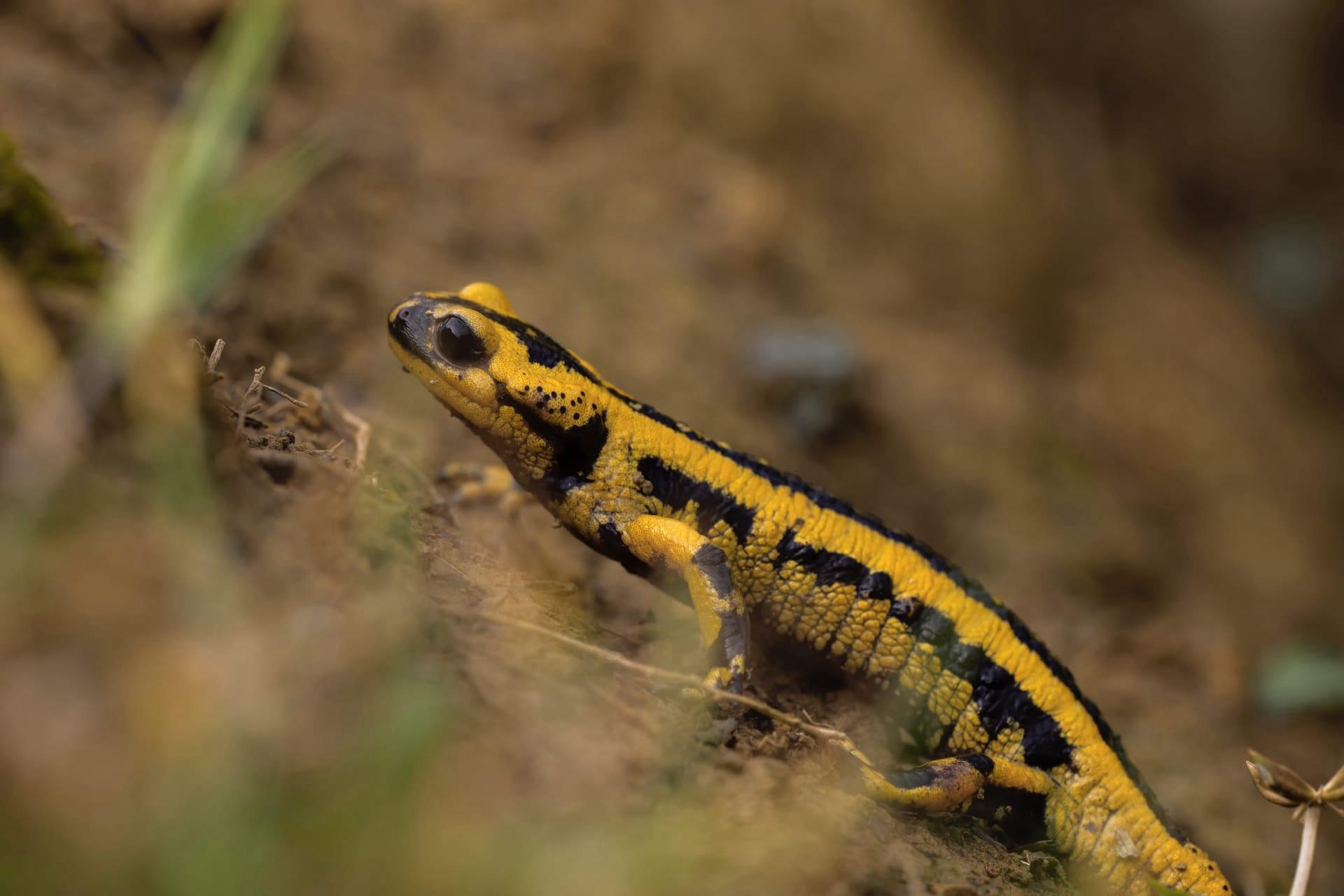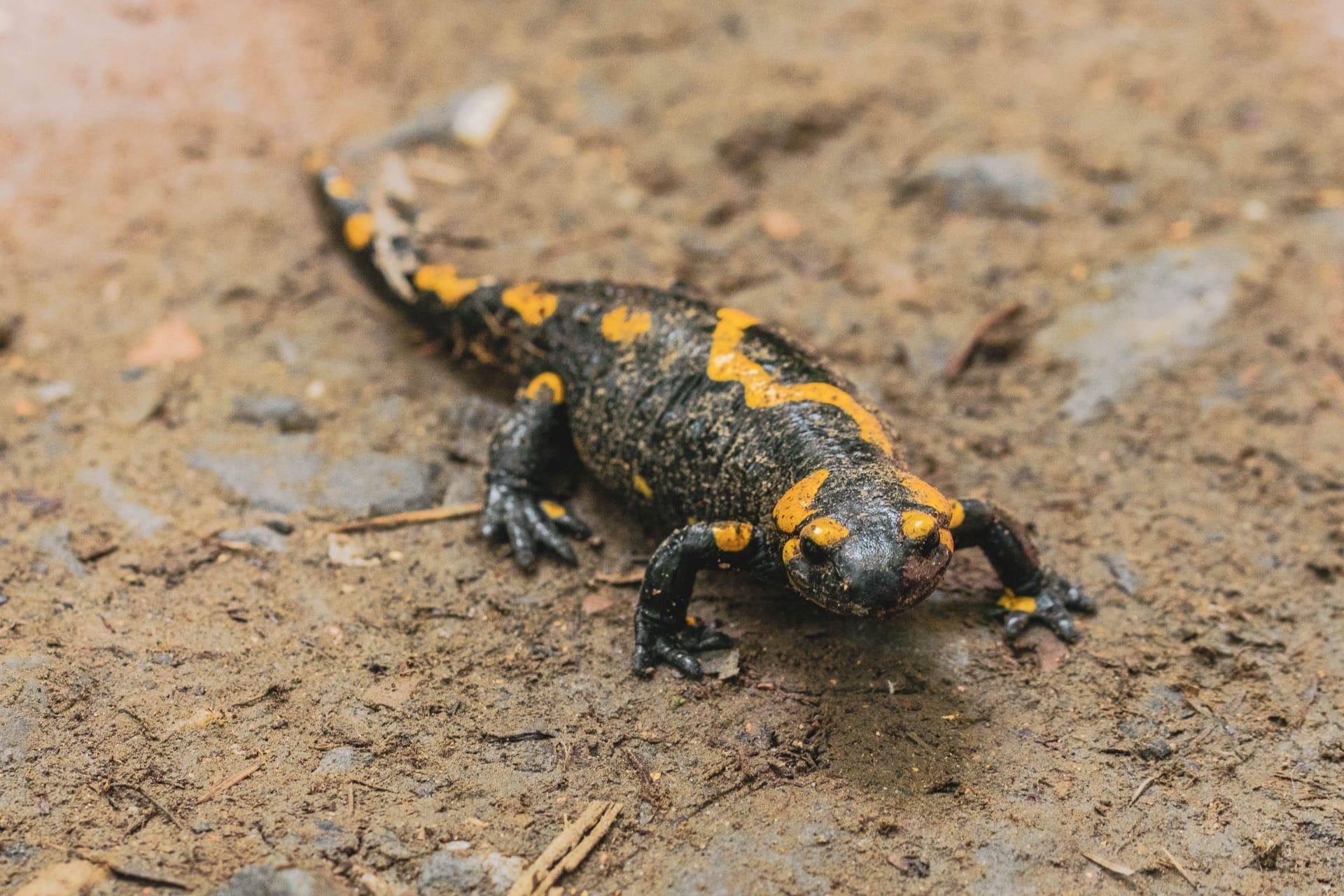Salamander Characteristics
- Home /
- Mini Encyclopedia /
- Animal /
- Salamander Characteristics
1
Salamanders are fascinating amphibians with unique physiological features. Their body sizes vary greatly among species, ranging from a mere 2.4 inches (6 cm) to a whopping 5.9 feet (1.8 meters) in the case of the Chinese giant salamander. Life span in these creatures is equally diverse, with some species living only a few years, while others, like the Japanese giant salamander, can live for more than 50 years. A remarkable aspect of salamanders is their skin, which is permeable and requires a moist environment to facilitate gas exchange. This feature is crucial for their survival, as it allows them to breathe through their skin, supplementing their lung capacity.
One of the most extraordinary organs of a salamander is its ability to regenerate lost body parts. This regenerative capability is not just limited to tails (as commonly seen in some lizards) but extends to limbs, eyes, internal organs, and even parts of the brain. The process involves dedifferentiation, where specialized cells revert to a stem cell-like state, allowing them to form new tissues. This ability varies among species, with some capable of complete regeneration while others have limited capacity. The regenerative process is complex and still a subject of extensive research, offering potential insights for medical science in the field of regenerative medicine.

2
Question: Why do some salamanders have bright, vivid colors?
Answer: The bright and vivid colors in salamanders serve as a warning signal to predators, indicating that they are poisonous or unpalatable. This is a survival mechanism known as aposematism. The intensity of the coloration can vary depending on the species and their specific toxins. Some salamanders, like the Eastern newt, produce tetrodotoxin, a potent neurotoxin, which is a defense mechanism against predators. These bright colors are a visual cue for predators to avoid them, thus playing a crucial role in the salamander's survival strategy.

3
Salamanders exhibit a range of locomotive abilities, adapted to their diverse habitats. Terrestrial salamanders generally move in a side-to-side bending motion, which is efficient for navigating through underbrush and leaf litter. Aquatic species, such as the Axolotl, use their laterally flattened tails to propel themselves in water, combined with limb movements for maneuverability. Some species are also capable of burrowing, using their strong limbs and bodies to tunnel into soft soil.
When it comes to hunting, salamanders have a variety of techniques. They are typically nocturnal predators, relying on their keen sense of smell and sight to detect prey. Their diet mainly consists of insects, worms, and small invertebrates. Some larger species can even prey on small vertebrates. Salamanders catch their prey using a quick and accurate tongue projection, where the tongue, covered in a sticky secretion, shoots out to snatch the prey and bring it back into the mouth. This method is highly effective, allowing them to capture even fast-moving or elusive prey.

4
The habitat of salamanders is as varied as their species. They are found in a range of environments, from tropical rainforests to arid deserts. Most species, however, prefer moist, damp areas like forests, marshes, or streams. The moisture is crucial for their skin's health and for their reproductive cycle. Aquatic salamanders spend most, if not all, of their lives in water, while terrestrial species often seek out moist microhabitats under rocks, logs, or leaf litter.
Reproduction in salamanders can be quite diverse. Many species lay eggs in water, which then hatch into aquatic larvae before undergoing metamorphosis into terrestrial adults. Some species are ovoviviparous, where the female retains the eggs inside her body until they hatch. Certain species, like the European fire salamander, give birth to live young. The courtship behavior varies among species, often involving pheromone signaling and tactile cues. Parental care is rare, but some species, like the California newt, exhibit guarding behaviors to protect the eggs from predators.

5
Book: "Salamanders of the United States and Canada" by James W. Petranka. This comprehensive guide, published in the United States in 1998, offers an in-depth look into the lives of salamanders across North America. James W. Petranka provides detailed information on the biology, behavior, and conservation of these fascinating creatures, making it an essential resource for herpetologists and wildlife enthusiasts.
Book: "Newts and Salamanders: Everything About Selection, Care, Nutrition, Diseases, Breeding, and Behavior" by Frank Indiviglio. Published in the United States in 1997, this book is geared towards a general audience interested in keeping salamanders as pets. Indiviglio, with his extensive experience in herpetology, shares practical advice on care, health, and breeding, along with interesting insights into the natural history of these animals. The book serves as a valuable guide for both novice and experienced salamander enthusiasts.